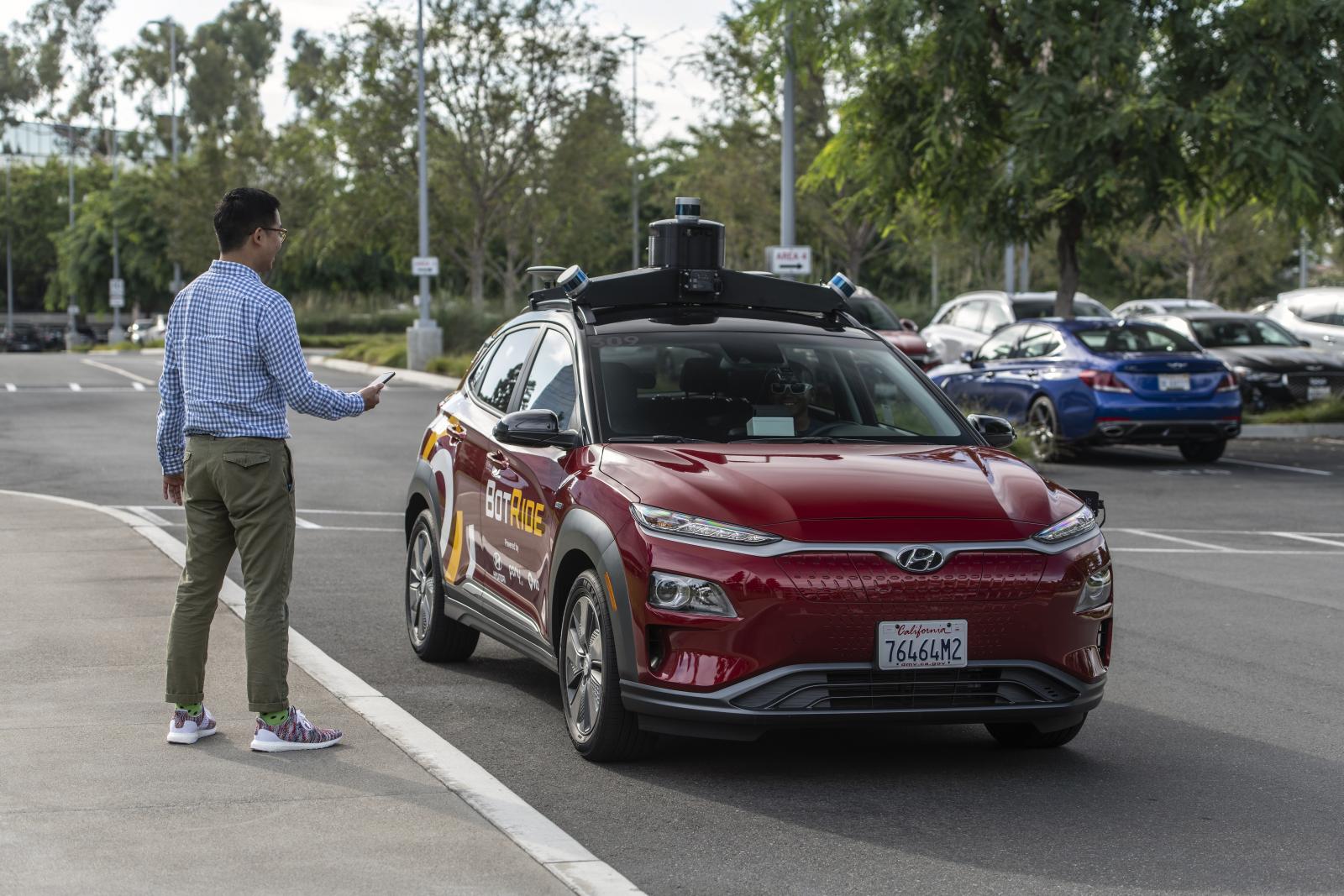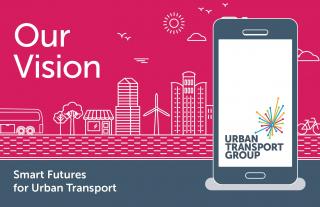Automatic for the people?
Whilst some big cities are already embracing the potential benefits connected and autonomous vehicles (CAVs) could bring through their involvement in trials, the wider uncertainties around how CAVs might develop brings with it hugely complex challenges.
Automatic for the people? Issues and options for transport authorities on connected and autonomous vehicles
This report aims to provide an objective framework for city regions to think about connected and autonomous vehicles (CAVs) and the approaches they might take to them.
It looks at CAVs from the perspective of city region transport authorities in the context of their wider objectives and responsibilities; it recognises that vehicles are becoming increasingly connected and autonomous; and that the range of connected and autonomous vehicles goes beyond just cars to include buses and public service vehicles. It also analyses the safety, economic, social and environmental considerations of CAVs.
The report presents options for how transport authorities may respond to CAVs, and recommends the actions national Government should take to enable them to do so.
Our largest urban areas are already embracing the potential benefits CAVs and other new transport technologies could bring for their communities and are playing an active role in developing trials to ensure that their operation is grounded in the real-world and all its complexities – from horizontal rain to budgetary constraints.

The four main areas the report identifies for action from Government are:
- Greater focus on the highways CAVs will run on rather than just the vehicles themselves. The report finds that in order to operate safely and efficiently, CAVs will require far better maintained, and more digitally connected, highways than is currently the case - and this is on road networks which already suffer from a considerable maintenance backlog.
- A legal and regulatory framework which gives city regions the powers and flexibilities they need to trial CAV innovations and ensure consumers can enjoy the benefits whilst also enabling them to make sure that public transport isn’t ‘hollowed out’ or public safety jeopardised.
- More of the extensive Government funding for the development of CAVs should be available to city regions to build up the expertise and resource they need in order to respond to the challenges and opportunities that CAVs are presenting for city regions. Some of the UK’s largest urban areas currently have few or no specialist staff working exclusively on transformative technological issues like CAVs.
- Less focus just on bringing about an as yet hypothetical end state where all cars are fully autonomous, and greater recognition of supporting city regions in what is likely to be a messy and uneven series of transitions, where public service vehicles may offer more immediately achievable results.
The report makes the following recommendations to Government:
Recommendation 1
Support transport authorities to make connections with national policy makers and CAV developers
Recommendation 2
Maintain a balanced research programme into the impacts of CAVs
Recommendation 3
National government to provide guidance to transport authorities on how to manage a lengthy – potentially indefinite – transition to CAV technologies
Recommendation 4
Ensure transport authorities have the long-term funding certainty they need to plan for, and respond to CAVs
Recommendation 5
More research and funding to be focused on the highways CAVs will run on
Recommendation 6
Develop a legal and regulatory framework for CAVs which gives transport authorities the powers they need both to innovate and to balance the consumer interest with the wider local public interest
Further reading
Consultation response
Mobility as a Service Code of Practice
Consultation response
Automated Vehicles: Consultation Paper 3 – A regulatory framework for automated vehicles
Consultation response
Automated Vehicles: Passenger services and public transport
Report
Our vision for Smart Futures
In our vision for smart futures for urban transport we set out the implications of rapid transformative technological change for urban transport, the key principles we have adopted in response and the actions we will take to maximise the benefits and minimise the downsides for both individual travellers and for the future of our cities.


